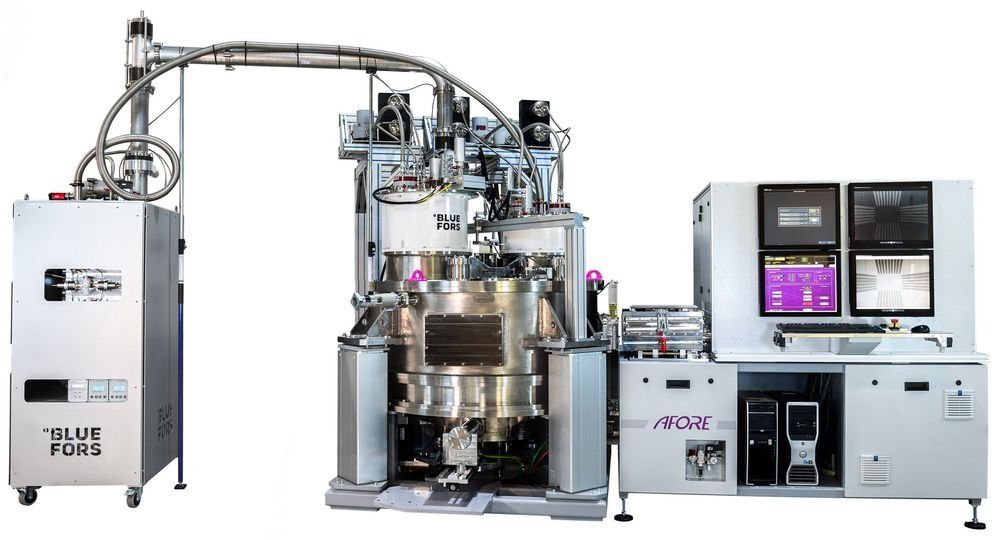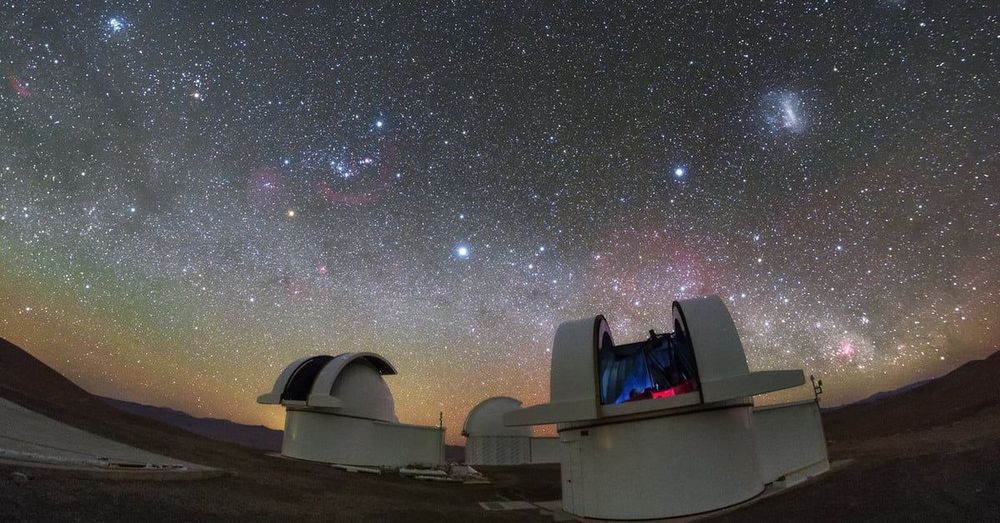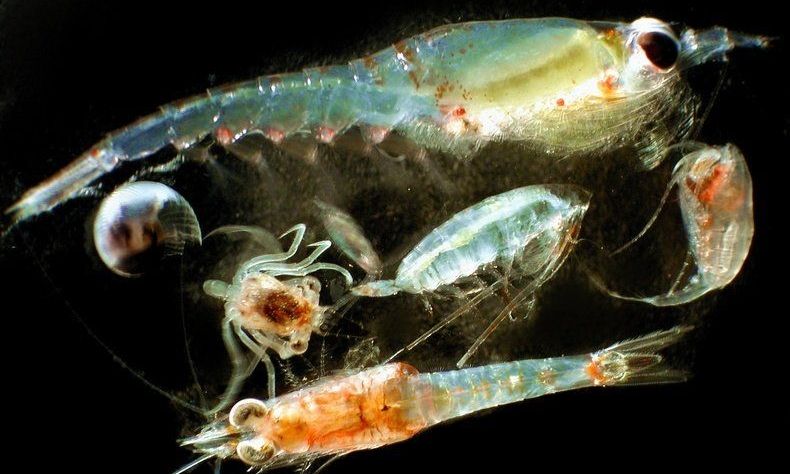Three weeks after a cargo ship ran aground, efforts are being made to prevent an oil leak onto the world’s largest raised coral atoll becoming an ecological disaster in the Solomon Islands. The area is a UNESCO site.
A way to speed up quantum computer tech progress has arrived from Intel. If you are interested in following the waves and advances in quantum computing, then get familiar with this word trio: Cryogenic Wafer Prober. Before their design, the electrical characterization of qubits was slower than with traditional transistors. Even small subsets of data might take days to collect.
Drug development. Chemistry. Climate change. Financial modeling. Scientists in all areas look forward to more advancements to push quantum computers to the frontlines. Speeding progress could also mean speeding up advancements in science and industry.
“Quantum computing, in essence, is the ultimate in parallel computing, with the potential to tackle problems conventional computers can’t handle,” said Intel.
The Atacama Desert in Chile has been a hotbed of astronomical activity of late. Not only is it the site of Martian environmental simulations to test rover capabilities, it is also home to an project called SPECULOOS (Search for habitable Planets EClipsing ULtra-cOOl Stars).
SPECULOOS is part of the ESO, the European Southern Observatory, and involves the use of four robotic telescopes for planet hunting. In particular, the telescopes look near to ultracool stars and brown dwarfs to search for Earth-sized exoplanets which can then be investigated in more detail by another telescope such as ESO’s forthcoming Extremely Large Telescope (ELT).
The four telescopes of SPECULOOS are named after Jupiter’s moons: Io, Europa, Ganymede, and Callisto, and each has a one meter primary mirror with cameras that are sensitive to near-infrared wavelengths. This accords with the type of light given off by the ultracool stars and brown dwarfs which are the telescopes’ targets.
CATTERBOX™ — Skater
Posted in futurism
Introducing CATTERBOX™ from TEMPTATIONS™
Giving cats a voice for the very first time.
Find out more – http://www.temptationslab.com
Meowlingual Cat Translator
Posted in futurism
Another flying car company is preparing to join the race to the skies, as Australia’s Macchina Volantis gears up to build a prototype of its road-drivable 5-seat electric aircraft. With VTOL capability, winged flight mode and a diesel range extender, this thing promises to fly at three times highway speed and offer some serious range.
Widespread and sometimes drastic marine oxygen declines are stressing sensitive species—a trend that will continue with climate change.
- By Laura Poppick on February 25, 2019
When was the last time you thought about your breathing? Take a breath right now and think about it. You breathe because you need oxygen, a gas which makes up 21 percent of the Earth’s atmosphere. All that oxygen has to come from somewhere. You might already know that it comes from photosynthetic organisms like plants. But did you know that most of the oxygen you breathe comes from organisms in the ocean?
That’s right—more than half of the oxygen you breathe comes from marine photosynthesizers, like phytoplankton and seaweed. Both use carbon dioxide, water and energy from the sun to make food for themselves, releasing oxygen in the process. In other words, they photosynthesize. And they do it in the ocean.









